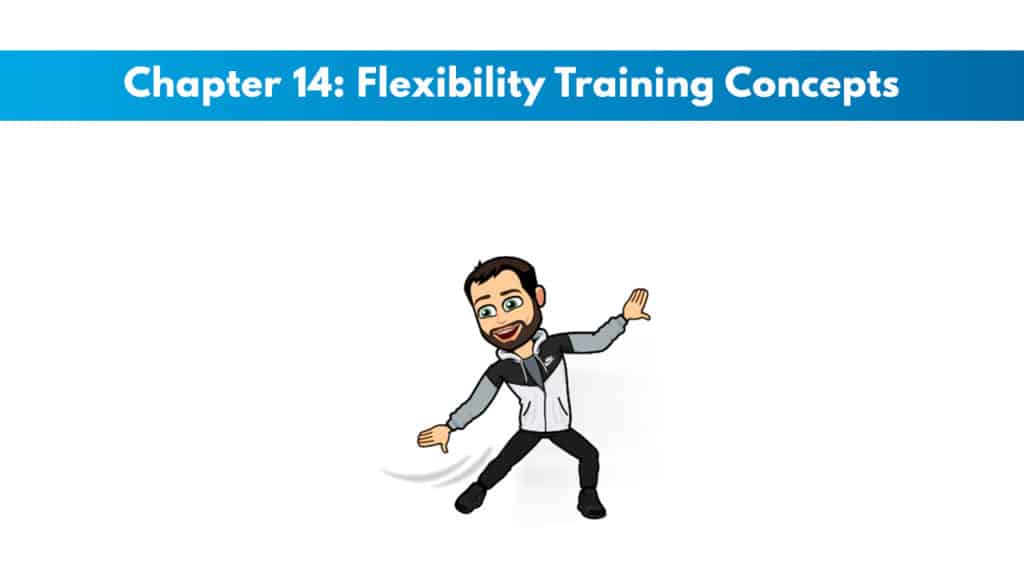
If you have not signed up for NASM CPT, sign up here to save 25% with my personal code PTP25.
Get your copy of the NASM CPT exam cheat sheet. It helps immensely for studying for the exam.
My PTP students report cutting their NASM study time and effort in half with Trainer Academy.
Benefit from the Exam Pass Guarantee and Retake Fee Guarantee. Plus, take advantage of my current discount code PTPJULY for 35% off the MVP Program (Ends July 15th, 2025).
Try it out for free here to see if it’s right for you, or read my detailed review for further insights.
Chapter Goals:
- Summarizing the importance placed on flexibility training for your clients and the differing goals for health and fitness.
- Discuss the scientific rationale for training flexibility.
- Use the right methods for effective stretching in your clients’ programs.
- Be able to use, instruct, and cue the self-myofascial techniques, active stretching, and dynamic stretching using the right methods and protocols.
Introduction to Flexibility Training
What is Flexibility?
This is defined as the normal ability to stretch the soft tissues allowing joints’ complete range of motion.
Flexibility plays a major role in mobility during dynamic motions.
The factors that play a role in flexibility are:
- Genetics
- Myofascial (connective) tissue elasticity
- Composition of tendons or skin surrounding the joint
- Joint structure
- Strength of opposing muscle groups
- Body composition
- Sex
- Age
- Activity level
- Previous injuries or existing medical issues
- Repetitive movements
The presence of poor levels of flexibility will lead to alteration occurring in patterns of movement and the human movement system as the body tries to go through motion with the least amount of effort and resistance.
Exclusive PTP CPT Offers |
||
|---|---|---|
Most Popular Cert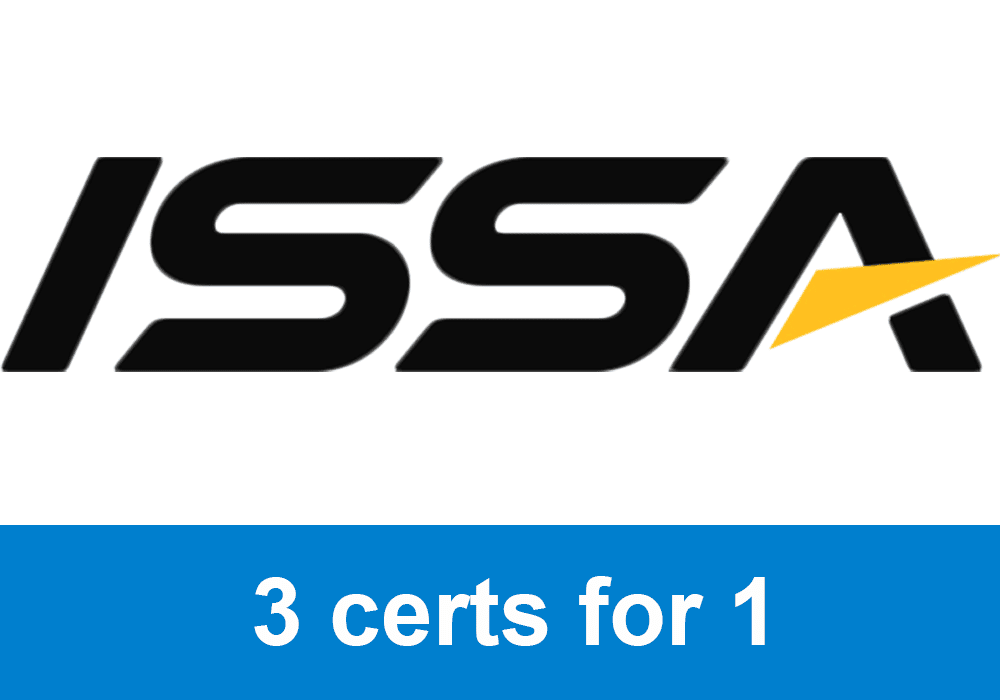 | Best Online NCCA Cert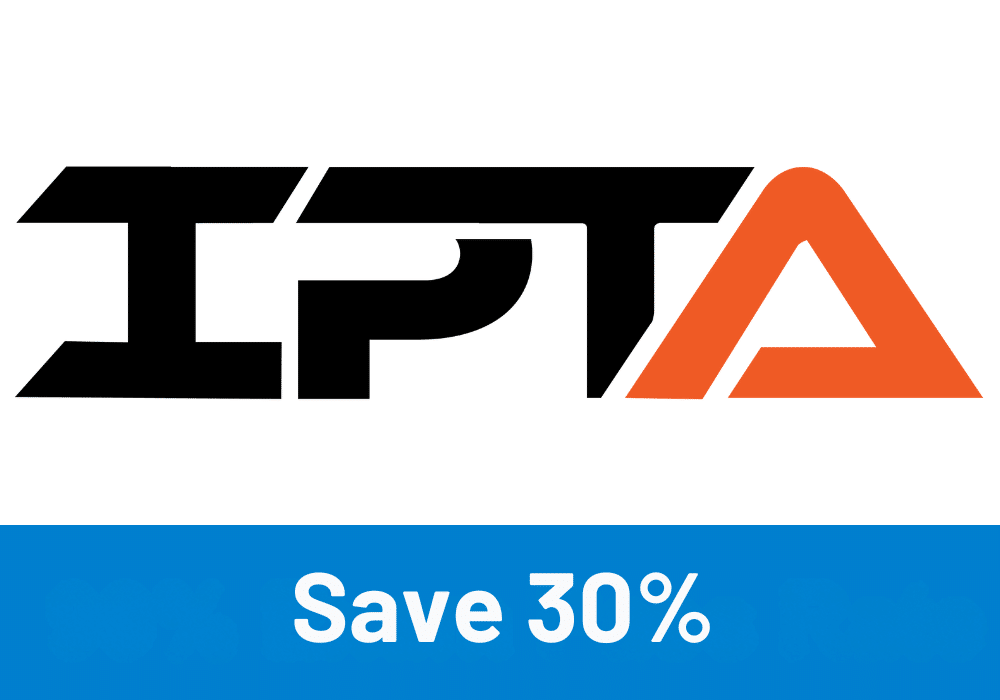 | Best Study Materials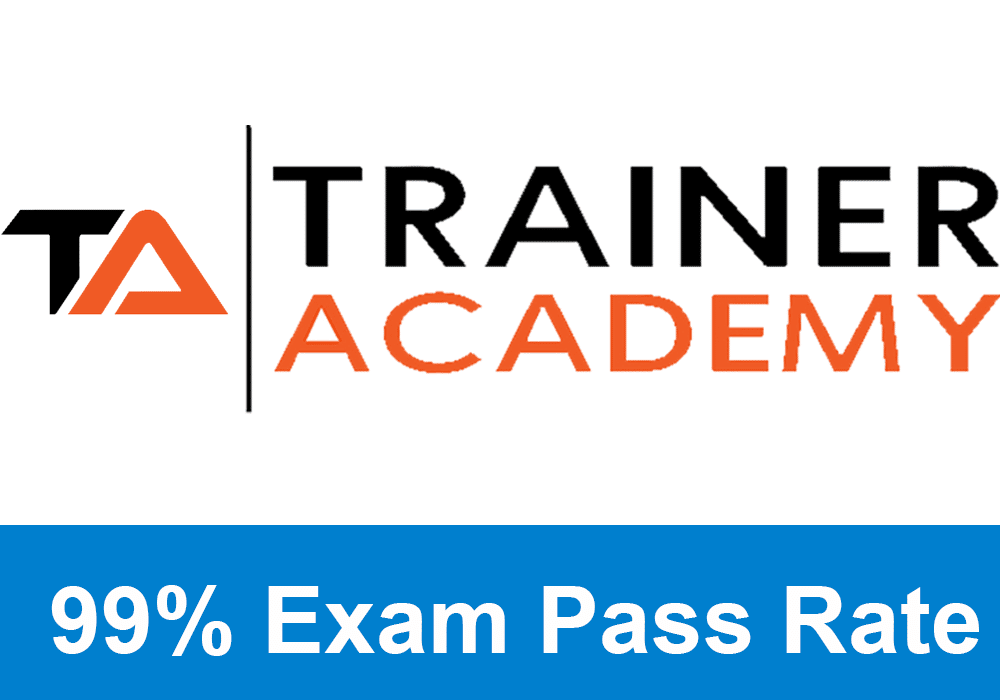 |
Gold Standard Cert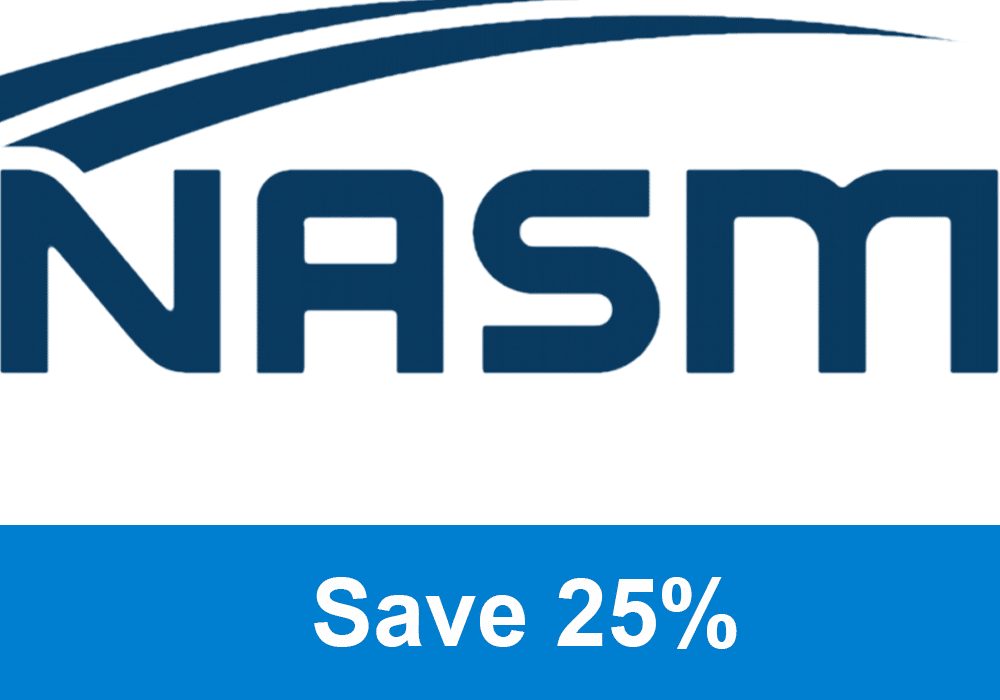 | A Good Option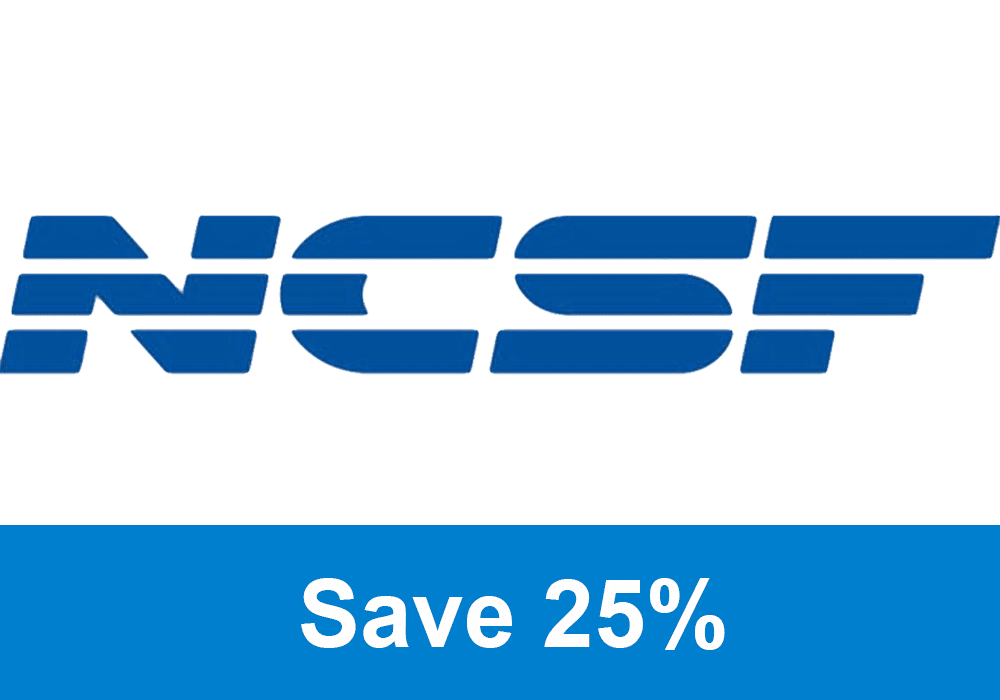 | Best CPT for you?  |
Human Movement System Review
The human movement system may also be called the kinetic chain, which comprises the muscular, skeletal, and nervous systems.
It is important to recognize muscle imbalances that exist, as these imbalances lead to poor posture, which leads to improper movement and injuries.
Muscle Imbalances
These are alterations in the lengths of the muscles around a joint; some are overactive, while others may be underactive. With all distortion syndromes, we see common areas of these imbalances occurring.
Altered reciprocal inhibition occurs naturally and allows for movement to happen. This is the simultaneous contraction of prime moving muscles and relaxation of the muscle that opposes the prime mover.
Synergistic dominance is when the synergist muscles take over due to the agonistic muscle being weakened.
Neuromuscular efficiency is defined as the ability of the nervous system to recruit the right muscles for force production, reduction of force, and stabilization of the body dynamically in the three planes of motion. This sometimes can be poor in people.
Scientific Principles of Flexibility
When the muscles lengthen, many reactions happen in the muscle to be stretched. We know this as the lengthening reaction.
The reaction goes in these stages:
1. The muscle is lengthened, and the muscle spindle is activated
2. The stretch reflex is activated, and the target muscle contracts
Exclusive PTP CPT Offers |
||
|---|---|---|
Most Popular Cert | Best Online NCCA Cert | Best Study Materials |
Gold Standard Cert | A Good Option | Best CPT for you?  |
3. The Golgi tendon organ senses the tension and then inhibits the muscle spindle, so the stretch reflex is overridden, and the muscle is relaxed
Scientific Rationale for Flexibility Training
We have two possible factors that support our need for flexibility training. These are pattern overload and the cumulative injury cycle.
Pattern Overload
This consistently repeats the same movement pattern for a long time and may lead to dysfunctions or injuries.
Cumulative Injury Cycle
This is a cycle where tissue trauma causes inflammation, which causes muscle spasms, which causes adhesion, which leads to alterations in neuromuscular control and muscle imbalances, and the cycle continues until something intervenes.
Self-Myofascial Techniques
Self-myofascial techniques are quite abundant. The most popular form is self-myofascial rolling with foam rollers and massage balls.
The myofascial rolling focuses on the nervous and fascial systems, producing mechanical responses and neurophysiological responses that will influence relaxation in tissues and pain in the tissues surrounding through the activation of sensory pathways.
With self-myofascial rolling, we put some small force to an adhesion, usually called a knot, and we keep the force on these knots until they release.
The mechanism here is autogenic inhibition. Usually, we do this form of stretching for 1 – 3 sets and hold it on the tender area for 30 seconds.
Static Stretching
This is the process of taking the muscle through a passive point of tension and then holding that stretch for 30 seconds at a time for 1 – 3 sets.
This is the most well-known and traditional form of stretching.
Static stretching will often affect the sensory mechanisms in the nervous system and allow for greater tolerance of stretching. Over time, this enables us to stretch the muscle longer.
Static stretching is ideally used for decreasing the activity of muscle spindles in the overactive muscles before and after activity.
Active Stretching
This is the process of using the agonist and synergist muscles to move dynamically in the joint in a range of motion.
The stretching style is known to increase the excitability of the motor neurons and create reciprocal inhibition for the stretched muscle.
The mechanism of action for this stretch is reciprocal inhibition. We usually stretch for 1 – 3 sets and hold them for 1 – 2 seconds and 5 – 10 reps per set.
Dynamic Stretching and Controversial Stretches
This uses the force production of muscles and the body’s momentum to take the joints through a full range of motion.
Here we are using reciprocal inhibition to improve the extensibility of soft tissues.
The training variables usually have us doing 1 set for 10 – 15 reps and then 3 – 10 different exercises.
Controversial Stretches
Performing certain stretching styles may increase the risk of injury. With proper teaching, they can be very safe and help with posture. But we do have some that are considered to be controversial and possibly dangerous for the user.

 Have a question?
Have a question? 



Tyler Read
PTPioneer Editorial Integrity
All content published on PTPioneer is checked and reviewed extensively by our staff of experienced personal trainers, nutrition coaches, and other Fitness Experts. This is to make sure that the content you are reading is fact-checked for accuracy, contains up-to-date information, and is relevant. We only add trustworthy citations that you can find at the bottom of each article. You can read more about our editorial integrity here.